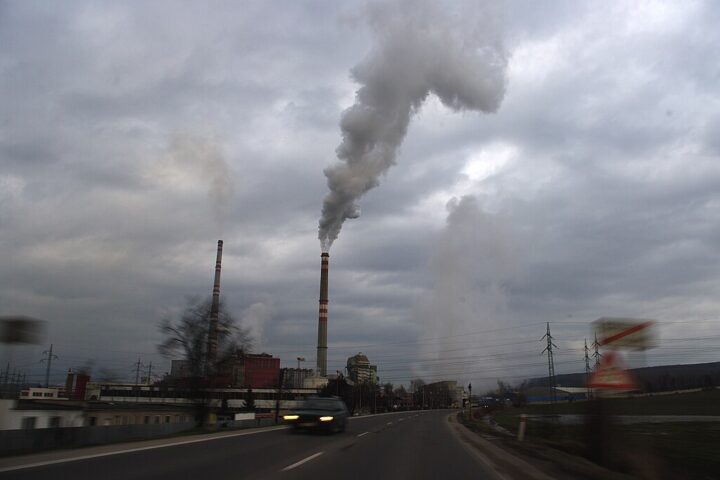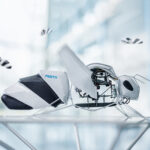On September 6, 2023, a team of Brazilian scientists published in the American Chemical Society (ACS) journal Analytical Chemistry a research study that unveiled a groundbreaking “Lab-on-a-Drone” system. This innovative system is designed to detect and analyze air pollutants, specifically the pungent hydrogen sulfide gas, while in mid-air. The importance of monitoring air quality is underscored by the health risks associated with polluted air, such as asthma. Traditional air quality monitoring devices are stationary, often positioned just a few feet above the ground. However, this poses a challenge as airborne contaminants can drift away, escaping detection. The “lab-on-a-drone” offers a dynamic solution, floating above the ground to capture and analyze pollutants in real-time.
Hydrogen sulfide, recognized by its rotten-egg smell, is a major concern in air pollution. This gas is not just a nuisance; it’s an irritant and can be toxic in large concentrations. Natural sources of hydrogen sulfide include well water and volcanic emissions. However, human activities, such as petroleum refining and wastewater treatment, significantly contribute to its presence in the atmosphere.
Traditional methods to measure hydrogen sulfide and similar pollutants are ground-based. For higher altitude measurements, expensive equipment like satellites has been the go-to solution. While drones have been employed for mid-air sample collection, the analysis was still confined to ground-based instruments.
João Flávio da Silveira Petruci and his team envisioned a drone that could both sample and analyze the air, delivering results instantly. Their solution was a custom device, 3D printed and attached to a commercially available quadcopter drone.
The drone’s detection mechanism hinges on a chemical reaction between hydrogen sulfide and a fluorescein mercuric acetate molecule that glows green. An onboard blue LED light excites this molecule, and the presence of hydrogen sulfide diminishes the green fluorescence intensity. This change in intensity is then detected, quantified, and used to determine the concentration of the gas. Notably, this reaction is highly selective, ensuring that other gaseous pollutants don’t interfere with the results.
Similar Posts
To test the drone’s capabilities, the team visited a wastewater treatment plant. Here, the drone sampled air at ground level and then at altitudes of 30 and 65 feet, multiple times throughout the day. Data from the drone was transmitted in real-time via Bluetooth to a smartphone, enabling instant monitoring. During the evening, as the drone ascended, there was a noticeable rise in hydrogen sulfide concentration. However, the levels detected remained within the acceptable ambient range.
The success of this experiment suggests that the “lab-on-a-drone” system has potential applications beyond just hydrogen sulfide detection. The researchers are optimistic about adapting this technology to monitor other pollutants in the future. Funding for this project was provided by the Coordination for the Improvement of Higher Education Personnel, the Research Support Foundation of the State of Minas Gerais, and the National Council for Scientific and Technological Development.
The ACS, a nonprofit chartered by the U.S. Congress, continues to champion advancements in the field of chemistry. Their mission emphasizes the betterment of Earth and its inhabitants through scientific endeavors. ACS journals, renowned for their credibility, are among the most cited in scientific literature. However, it’s worth noting that the ACS itself doesn’t conduct chemical research. Instead, they focus on promoting excellence in science education and providing access to chemistry-related information. Through their CAS division, ACS collaborates with global innovators to curate, connect, and analyze scientific knowledge. Their headquarters are located in Washington, D.C., and Columbus, Ohio.The ACS emphasizes that while they publicize scientific studies, they don’t conduct the research themselves.
This “lab-on-a-drone” project is a testament to the ACS’s commitment to promoting innovative solutions for global challenges. As air pollution continues to be a pressing concern, such advancements are crucial for a sustainable future. The potential applications of this drone system could revolutionize the way we monitor and combat air pollution. With real-time data and increased mobility, move towards a cleaner, healthier environment. As technology and science converge, the possibilities for positive change are limitless. The “lab-on-a-drone” might not just be a device; it could be the beginning of a science venture for cleaner air.
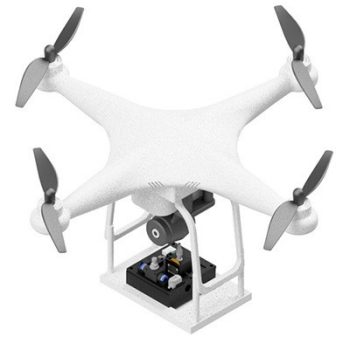
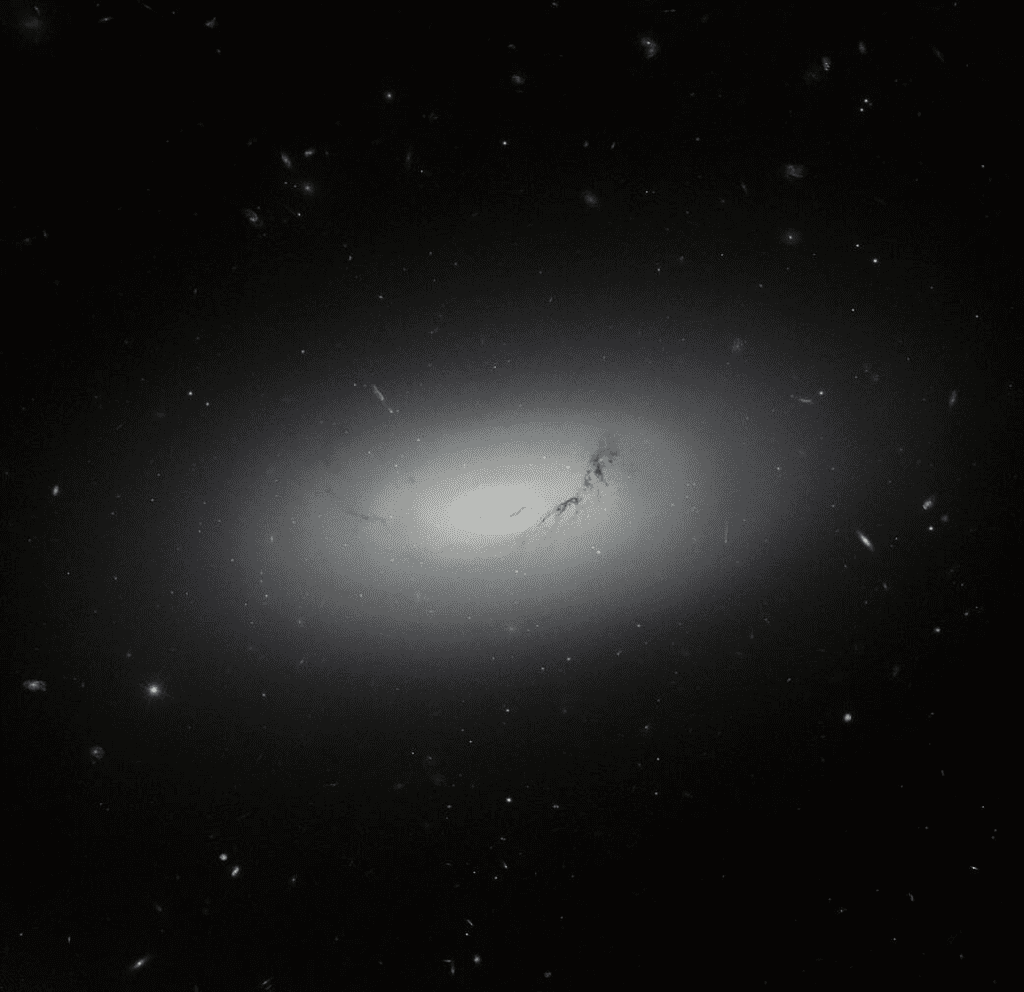
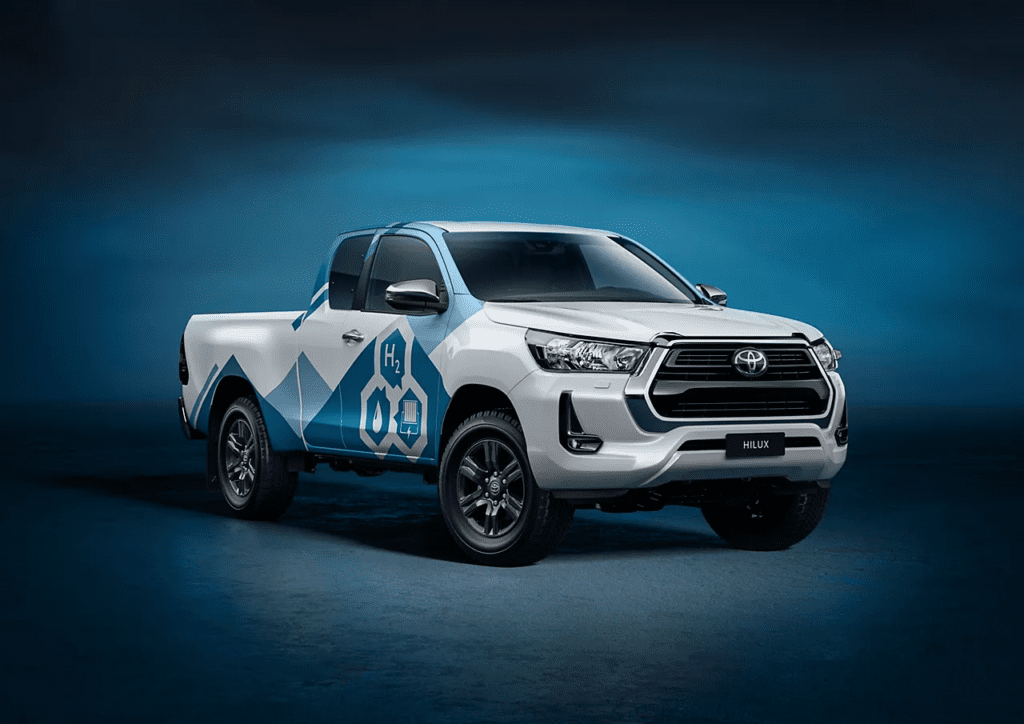


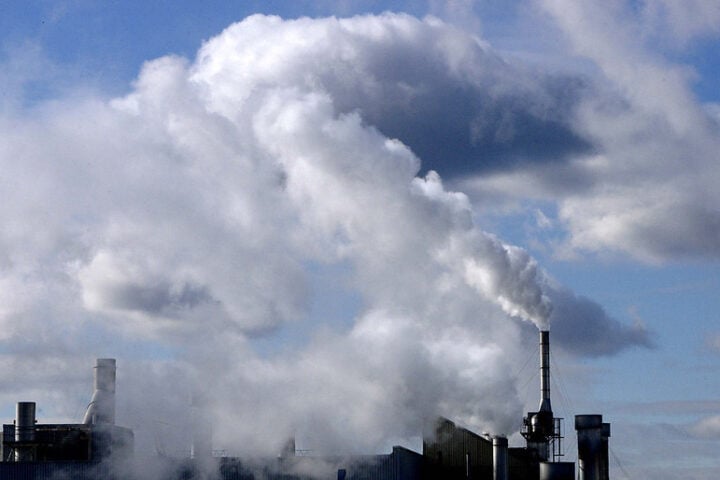
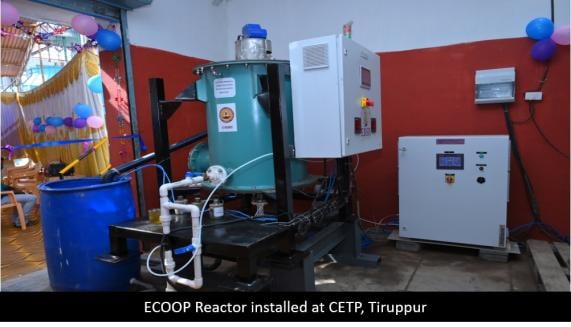



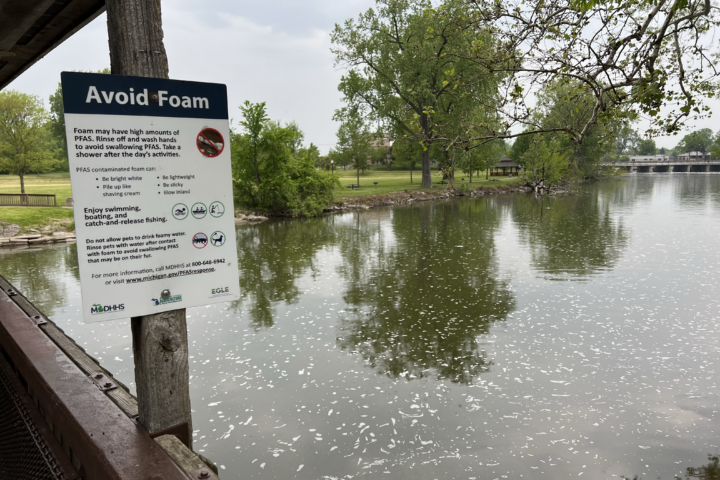

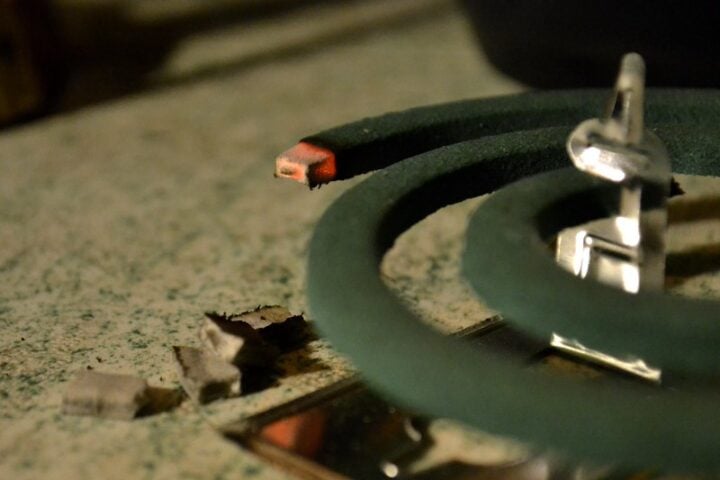
![Big city Los Angeles smog building [photo source: pixabay] [PDM 1.0]](https://www.karmactive.com/wp-content/uploads/2025/04/46-of-Americans—156-M—Now-Breathe-Hazardous-Smog-and-Soot-State-of-the-Air-Report-Exposes-Decade-High-Pollution-1.jpg)


